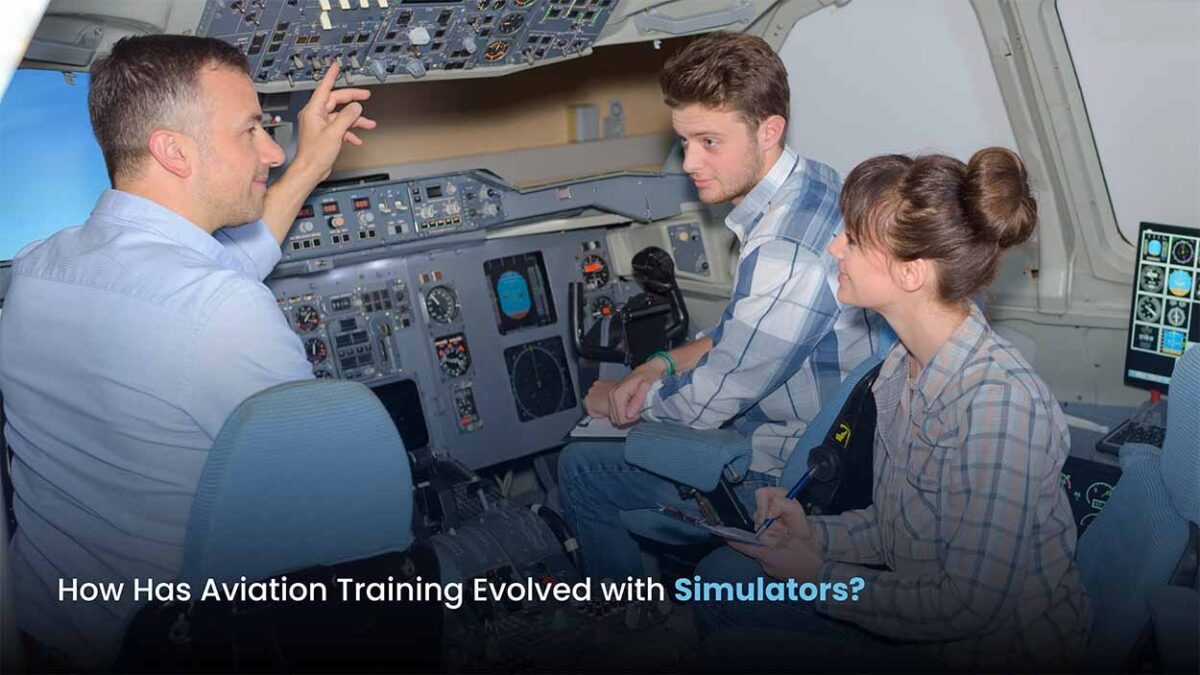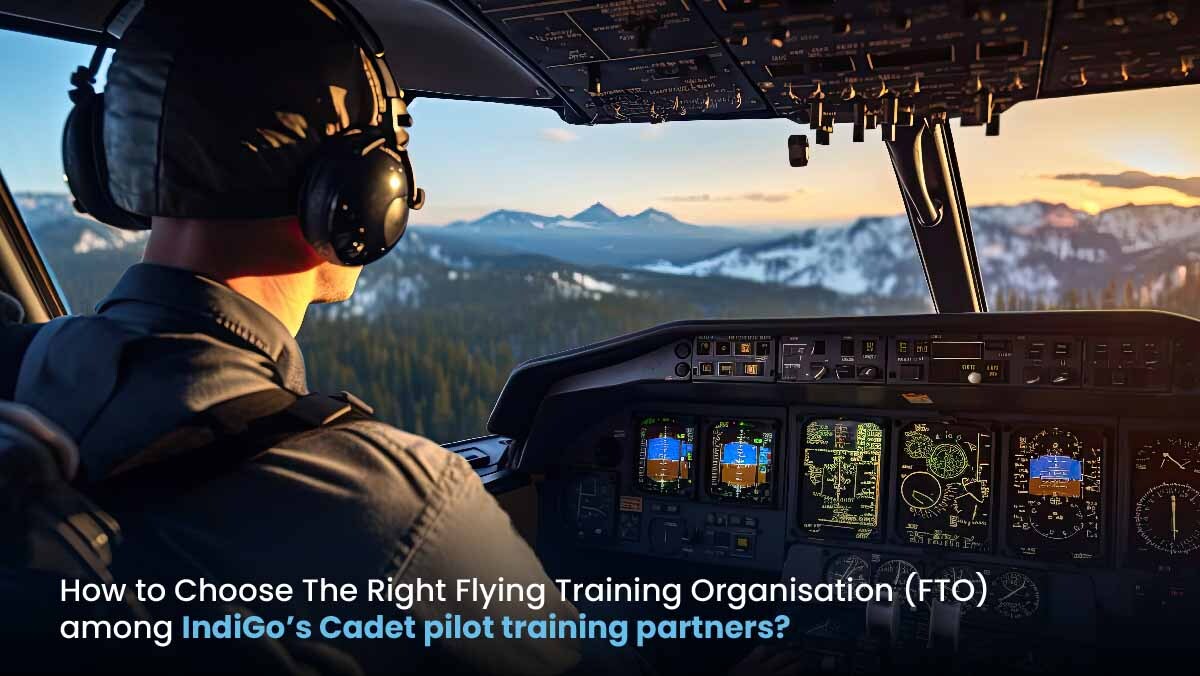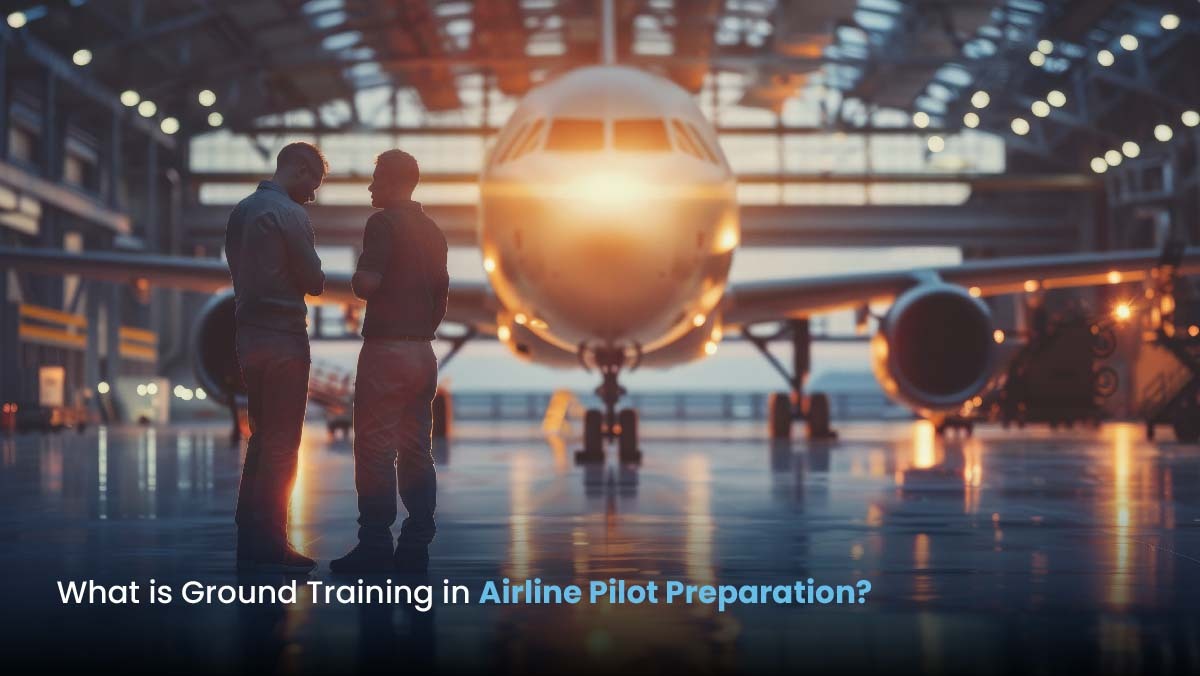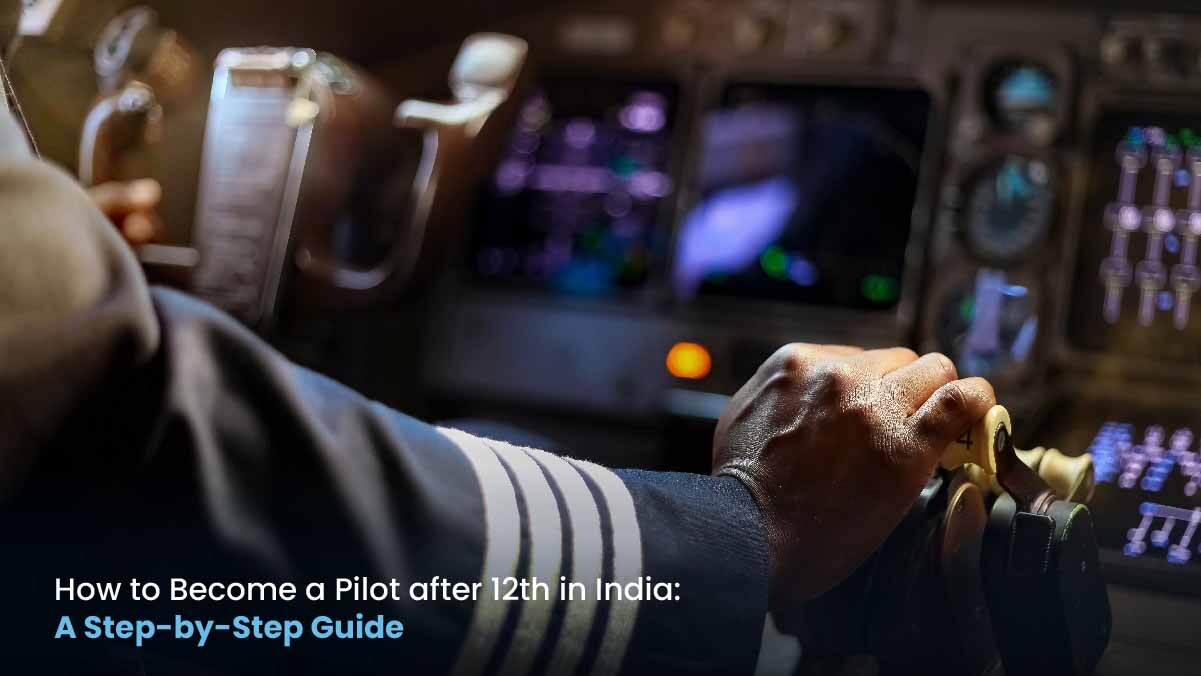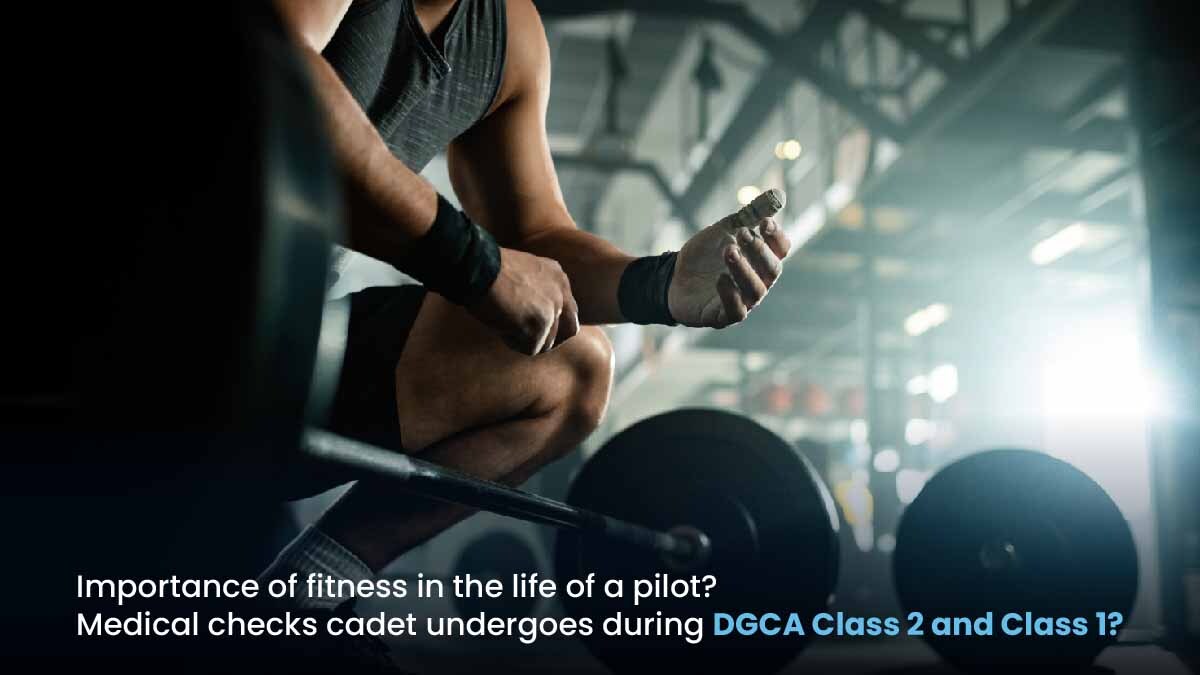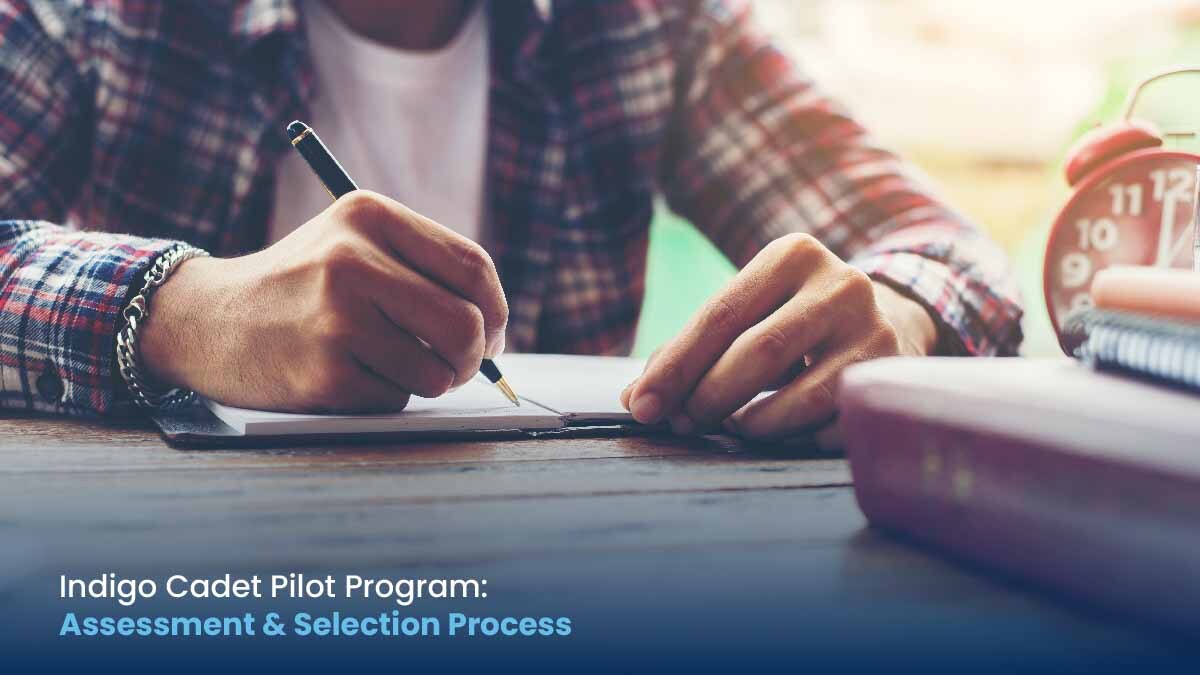
For over a century, the dream of flight has captivated humanity. But for those who take the leap to become pilots, the journey from aspiring aviator to skilled professional requires rigorous training. Traditionally, this training involved countless hours in actual aircraft, mastering the art of flying through a combination of theoretical knowledge and practical experience. However, the landscape of pilot training has undergone a revolutionary transformation in recent years, thanks to the introduction and advancement of flight simulators.
A Glimpse into the World of Flight Simulators
Flight simulator training has become an essential component of modern pilot training programmes. These sophisticated computer programmes replicate the experience of flying an aircraft, offering a safe and controlled environment for pilots to hone their skills. Imagine stepping into a replica of a modern cockpit, complete with instrument panels, flight controls, and high-definition visual displays. Aircraft simulator training allows pilots to interact with this realistic environment, practising various manoeuvres, procedures, and emergency situations without ever leaving the ground.
Safety and Efficiency: The Hallmarks of Simulator Training
The integration of flight simulators into pilot training has demonstrably enhanced both safety and efficiency. Traditionally, practising emergency procedures in real aircraft posed a significant risk. Now, pilots can encounter simulated engine failures, in-flight emergencies, and other critical scenarios within the safe confines of a simulator. This allows them to develop essential muscle memory and decision-making skills without jeopardising lives or equipment.
Scenario-Based Training: Preparing for the Unexpected
Pilot simulator training excels at facilitating scenario-based training. Pilots can be presented with a wide range of situations, from instrument malfunctions and extreme weather conditions to bird strikes and runway incursions. By practising these scenarios in a simulated environment, pilots can develop a deeper understanding of how to react calmly and effectively under pressure. This comprehensive training translates into greater preparedness for real-world challenges.
Advantages of Simulators over Traditional Methods
While traditional flight training remains crucial, flight simulators offer several distinct advantages:
- Cost-Effectiveness: Real aircraft operation involves significant fuel costs, aircraft maintenance, and instructor time. Simulators significantly reduce these expenses, making pilot training more accessible.
- Environmental Impact: By minimising airborne training hours, simulators contribute to a smaller carbon footprint for the aviation industry.
- Standardisation: Simulators ensure a consistent training experience for all pilots, regardless of location or weather conditions.
- Repetition and Refinement: Simulators allow pilots to meticulously practice manoeuvres and procedures until they are mastered, fostering a high level of proficiency.
The Landscape of Flight Simulators:
There are two primary types of simulators used in aircraft simulator training today:
- Fixed-Base Training Devices (FBTDs): These are the most common type, offering a realistic cockpit environment with visuals displayed on a screen. FBTDs primarily focus on instrument training and procedure development.
- Full-Motion Simulators (FMSs): These advanced simulators not only replicate the cockpit environment but also include motion platforms that realistically simulate the physical sensations of flight, such as acceleration, turbulence, and g-forces. This provides a more immersive training experience, particularly beneficial for practising emergency manoeuvres.
The Future of Flight Simulation
The world of flight simulators is constantly evolving. Virtual Reality (VR) and Augmented Reality (AR) technologies are being explored to create even more immersive and realistic training environments. These advancements hold the potential to further revolutionize pilot training, making it even more effective and engaging.
Conclusion: Soaring Towards a Brighter Future
The integration of flight simulators has undoubtedly transformed pilot training. By providing a safe, efficient, and realistic training environment, simulators empower pilots to develop the skills and confidence necessary for a successful career in aviation. As technology continues to advance, flight simulator training will undoubtedly play a pivotal role in shaping the future of safe and efficient air travel.
Waiting for Your Aviation Dreams to Take Flight?
At Insight Aviation, we understand the importance of comprehensive and effective pilot training. Our programme incorporates state-of-the-art flight simulators alongside experienced instructors to provide you with the skills and knowledge you need to soar towards a fulfilling career in aviation.
Contact Insight Aviation today to learn more about our IndiGo Cadet Pilot Programme!
FAQs
Q: What are the latest advancements in flight simulator technology?
A: Think of it like going from old video games to hyper-realistic virtual worlds. Simulators now boast incredibly detailed visuals, replicating real-world airports and weather with stunning accuracy. They’re also using AI to generate dynamic scenarios, like sudden engine failures or tricky wind shears, making training more unpredictable and therefore, more effective. Plus, haptic feedback – where you actually feel the controls – is getting seriously advanced, giving pilots a much more immersive experience.
Q: Are flight simulators mandatory for pilot training?
A: Yes, absolutely. They’re a core part of modern pilot training. Regulatory bodies like the FAA or EASA require pilots to log a certain number of simulator hours. It’s about safety and efficiency. Simulators let pilots practice complex procedures and emergencies that would be too risky or expensive to do in a real aircraft.
Q: Can flight simulators replace real aircraft training?
A: Not entirely, but they’re a crucial supplement. Simulators are fantastic for learning procedures, handling emergencies, and practising instrument flying. However, there’s no substitute for the real-world feel of an aircraft, the subtle vibrations, and the actual sensation of flight. Simulators are about building a strong foundation, and real aircraft training builds on that.
Q: Can aspiring pilots train on flight simulators at home?
A: Yes, to a degree. There are consumer-grade simulators available for home use, like Microsoft Flight Simulator or X-Plane. These can be great for familiarizing yourself with cockpit layouts, basic navigation, and even some flight procedures. But remember, they’re not a substitute for professional training in certified simulators and with qualified instructors.
Q: What is the difference between Fixed-Base Simulators (FBS) and Full-Flight Simulators (FFS)?
A: Imagine an FBS as a realistic cockpit on a platform that doesn’t move much. It’s excellent for procedural training and instrument flying. An FFS, on the other hand, is a full-motion simulator that replicates the exact movements of an aircraft. It’s mounted on a hydraulic platform, giving pilots the sensation of takeoff, turbulence, and landing. FFS is used for advanced training, type ratings, and recurrent training for experienced pilots. Essentially FFS move, and FBS don’t move much at all.

